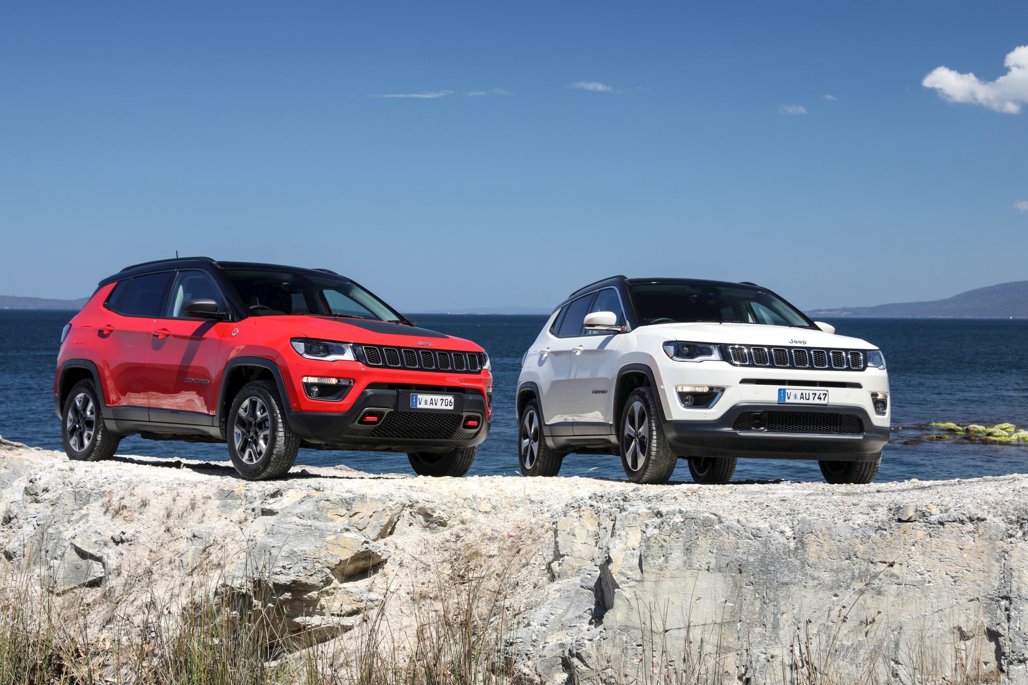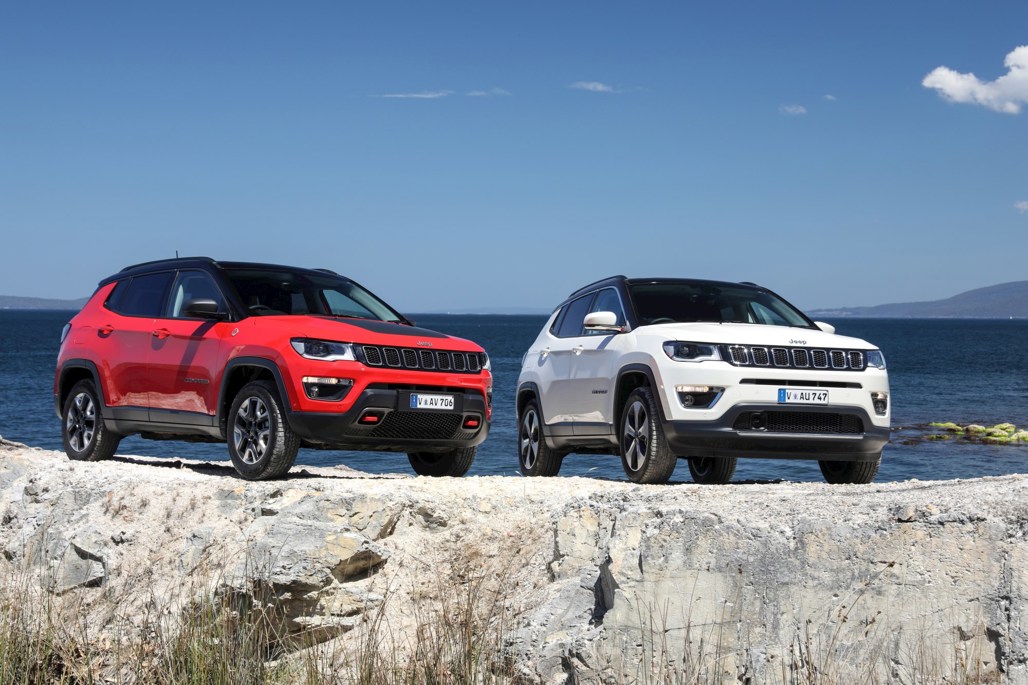The Compass may have been Jeep’s first compact-crossover vehicle when it was introduced in 2007, but the innovation ended there.
It had an awful CVT gearbox, the steering wheel couldn’t be adjusted for reach, and it was nearly a total dunce when it came to crash testing — achieving no more than two stars in the European NCAP (New Car Assessment Programme).
Some of this you might have been able to forgive if the original Compass hadn’t looked so odd, but the exterior design morphed a Jeep Wrangler with a Dodge Journey family-mover in a fashion that probably satisfied only the car’s lead designer.
Fast forward more than a decade, and a much-revised Compass is about to go on sale here in March. This much more polished effort not only removes the warts, but it improves the crash test energy management, and increases comfort and convenience. Compass is a much more enjoyable drive, as well.
Key to this increase in driving hedonism are the new automatic gearboxes that replace the unloved CVT.
There’s a six-speed for the $36,990 front-drive Longitude entry model, and a new ZF nine-speed for the two 4x4 versions, the $46,990 Limited and the $49,990 Trailhawk. With a ratio for every occasion, the new nine-shifter is a better processor of the 122kW of power and 229Nm of driving force generated by the 2.4 litre petrol four-cylinder engine of all three models. It’s also as seamless in its operations as the step-less CVT, while being a more direct and efficient transmitter of engine energy to the road.
But the real star of the new Compass is the body. Not only does it mimic the ruggedly-handsome looks of a Grand Cherokee in a slightly miniaturised form, it’s far more rigid thanks to increased use of high strength steel and structural adhesives.




